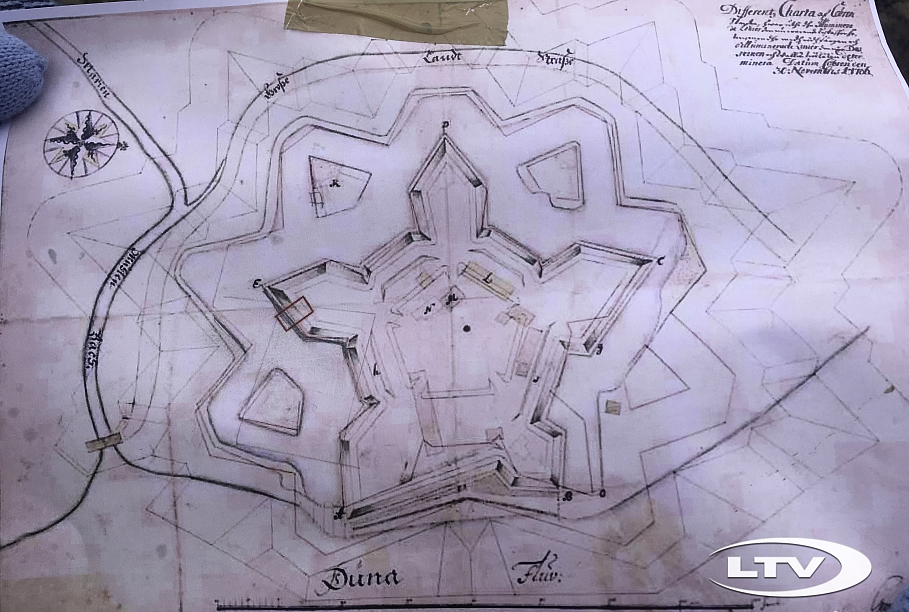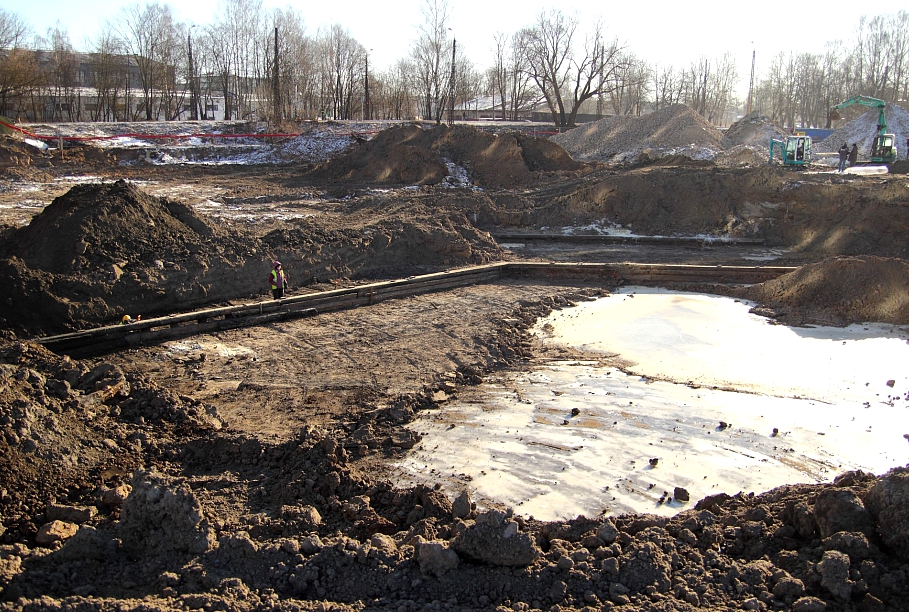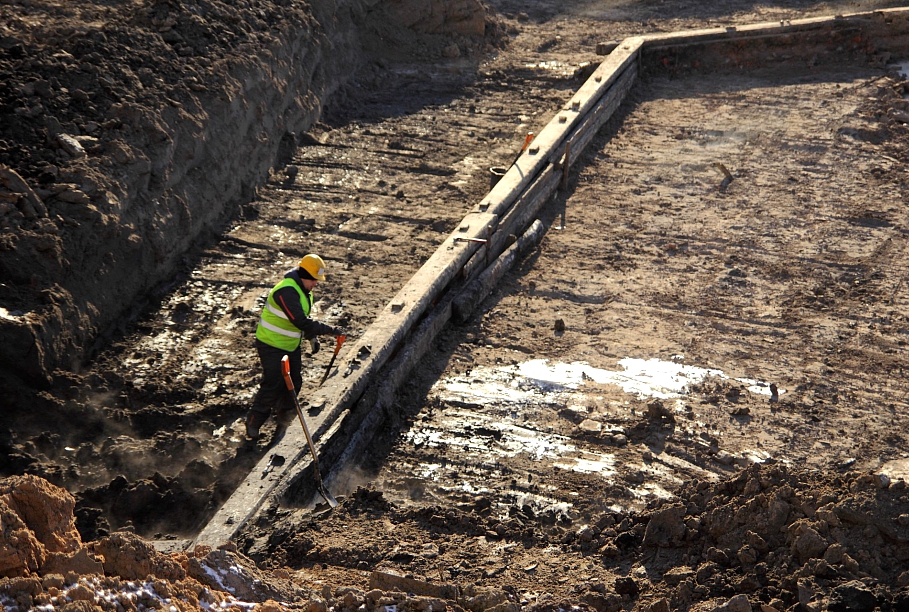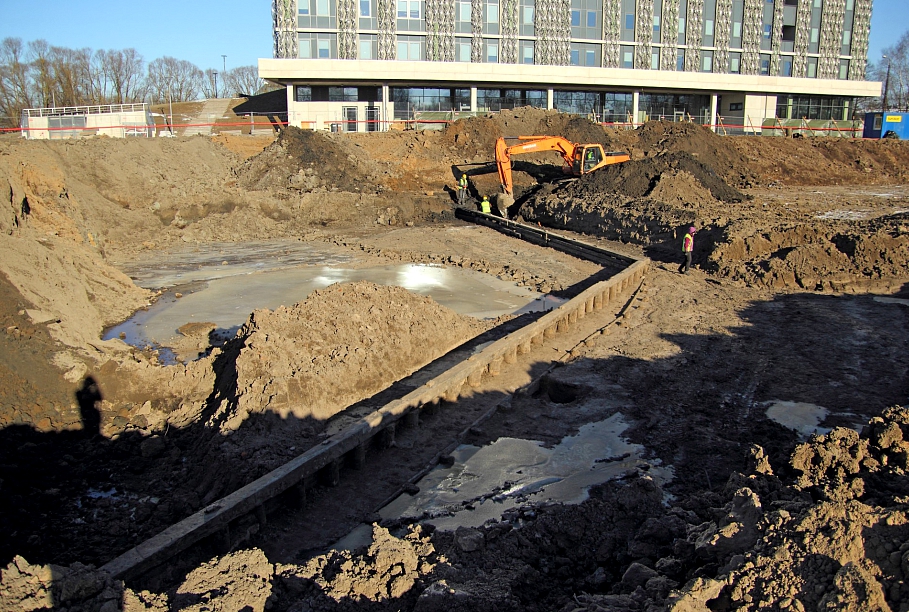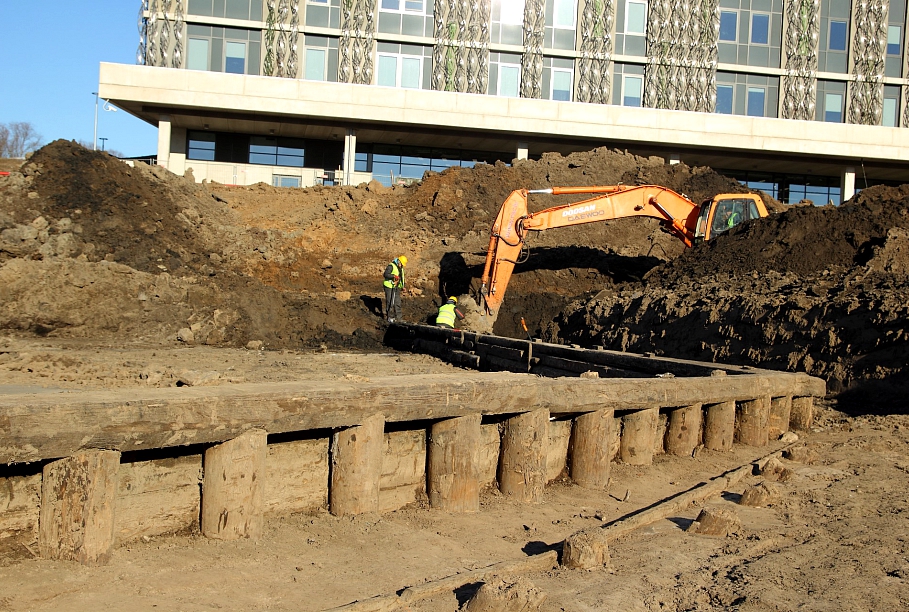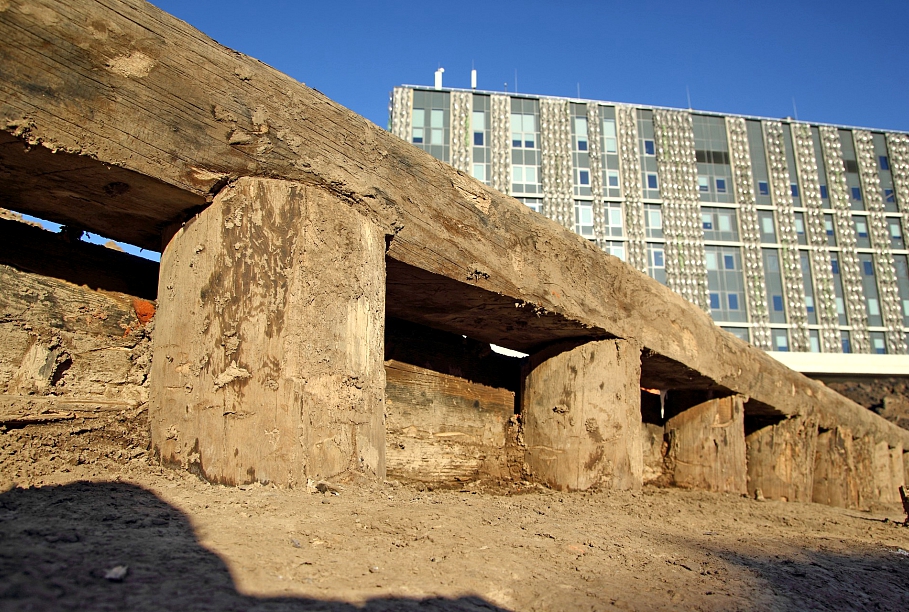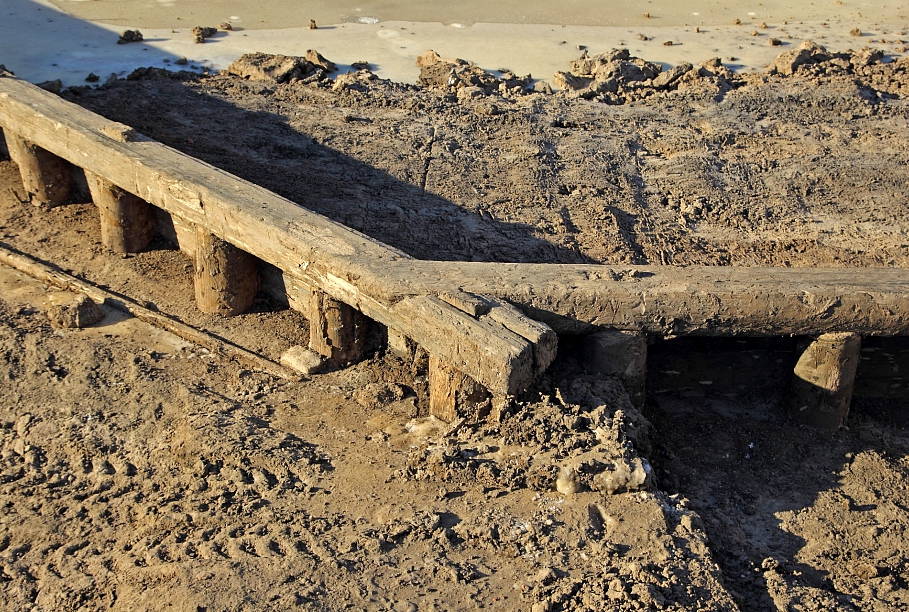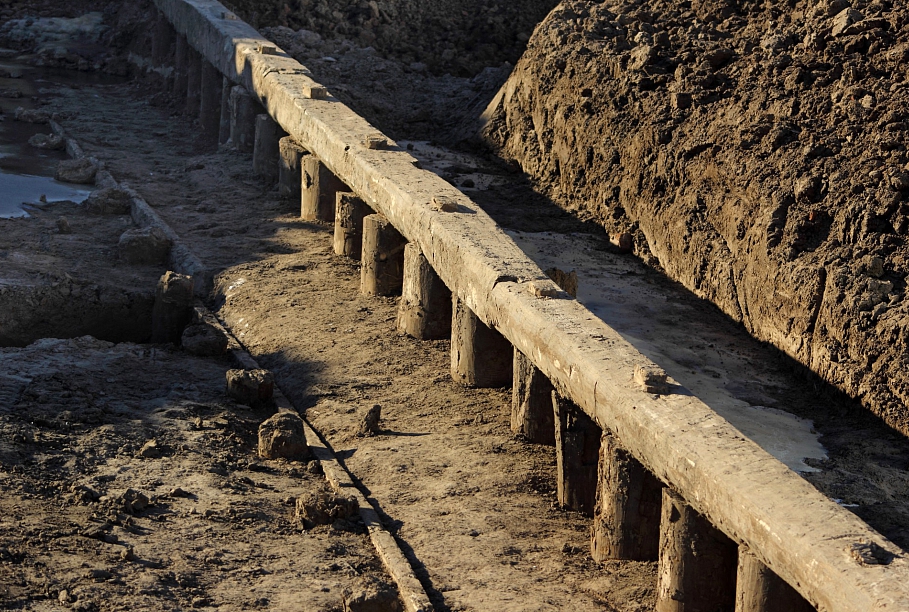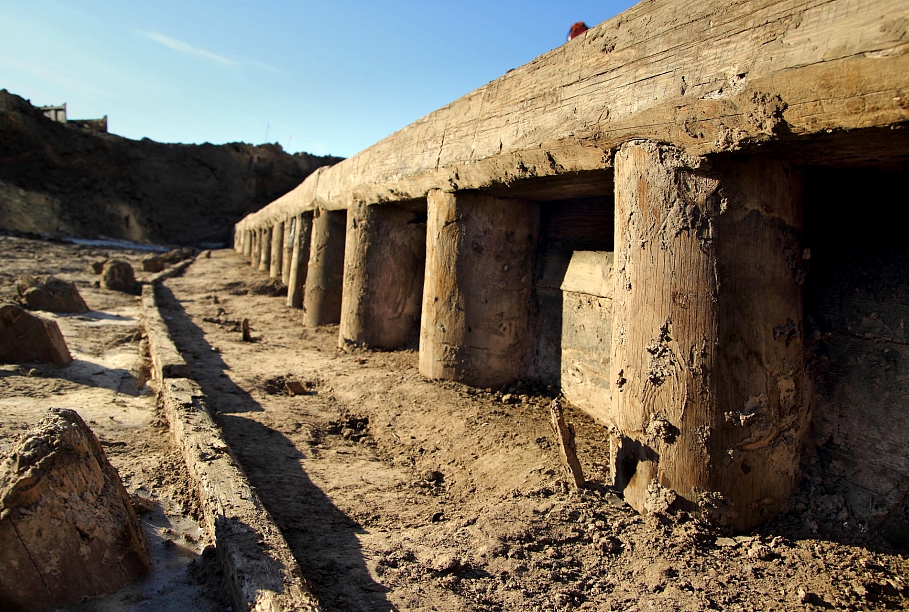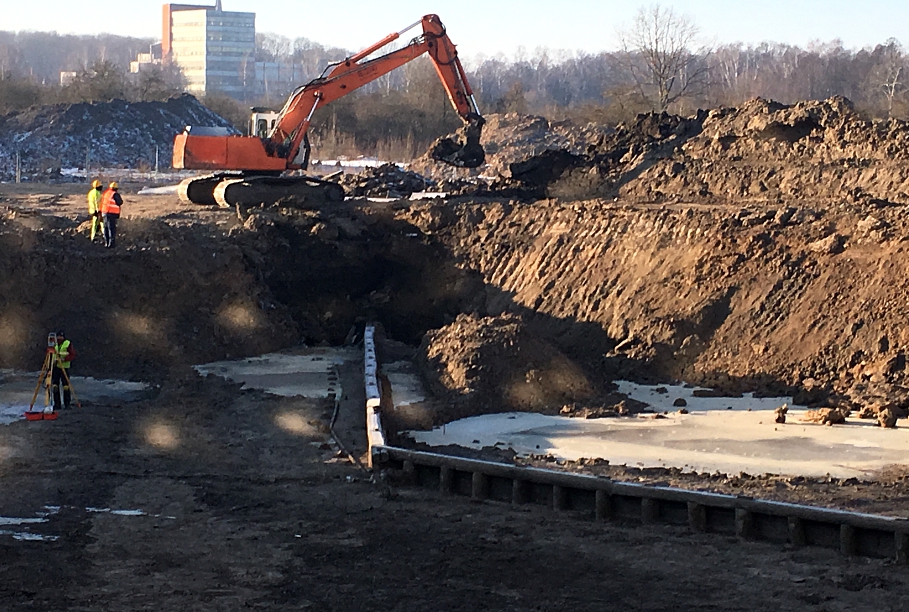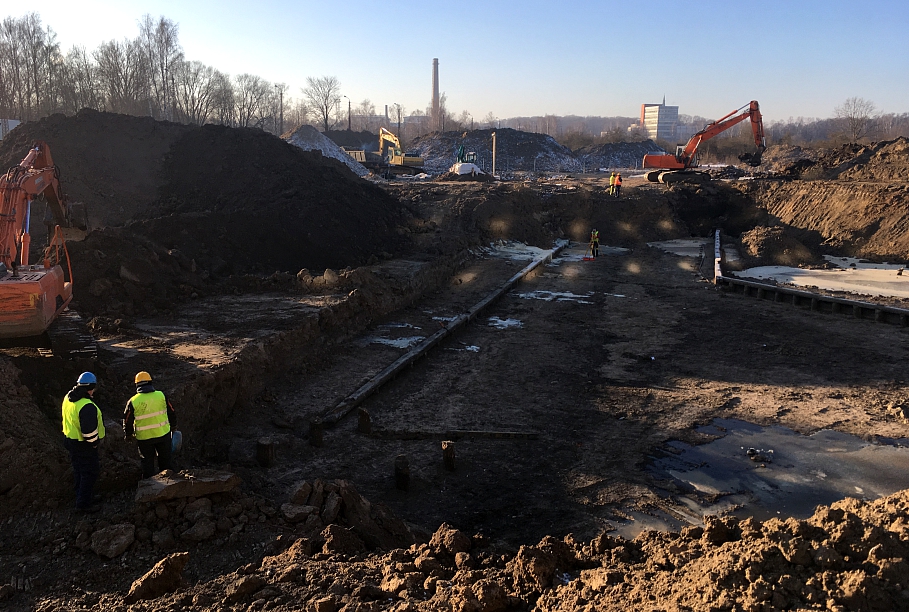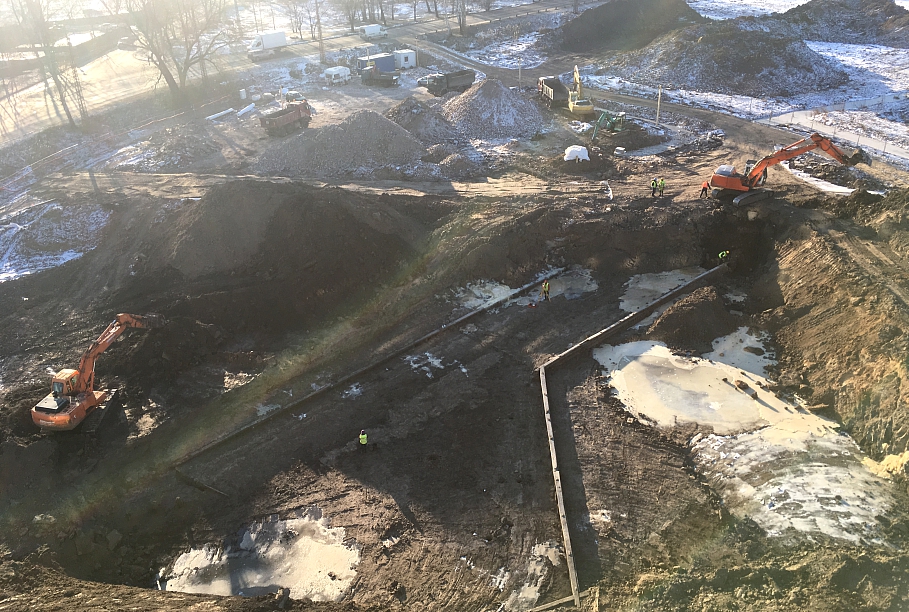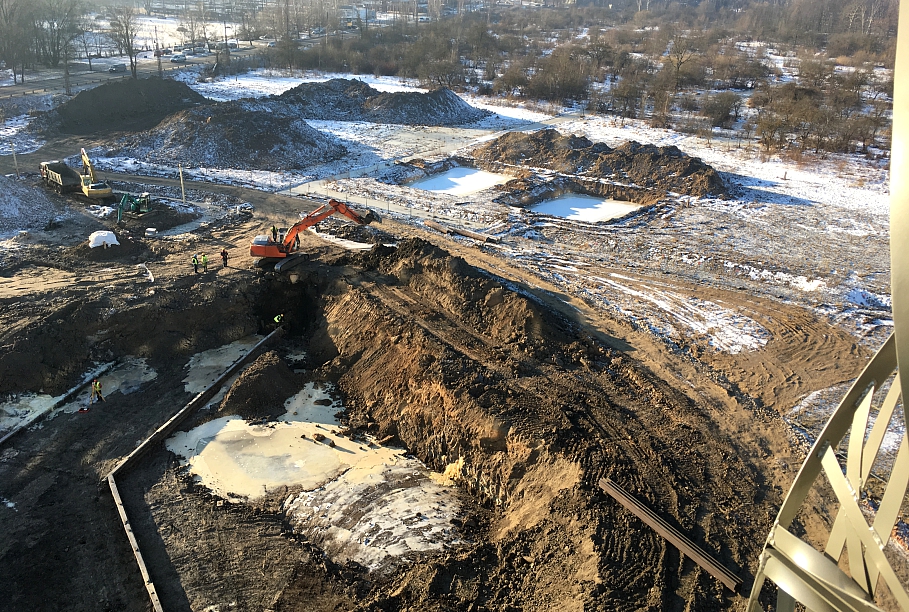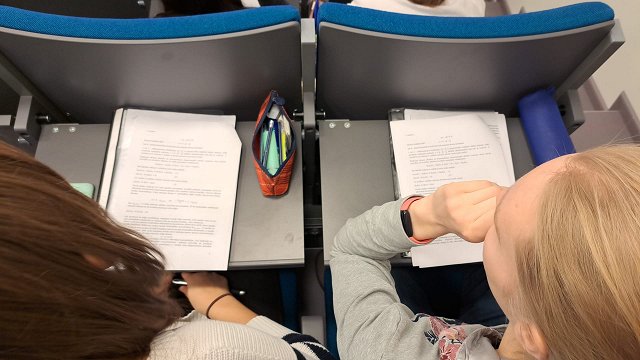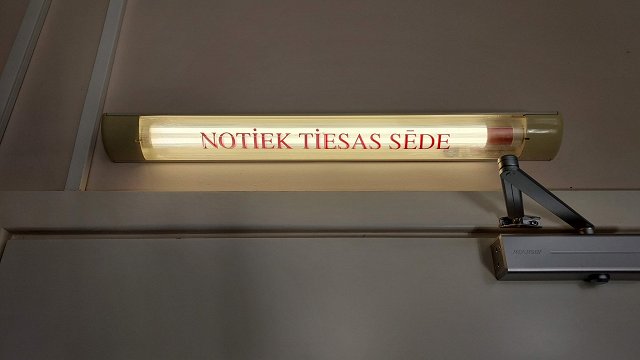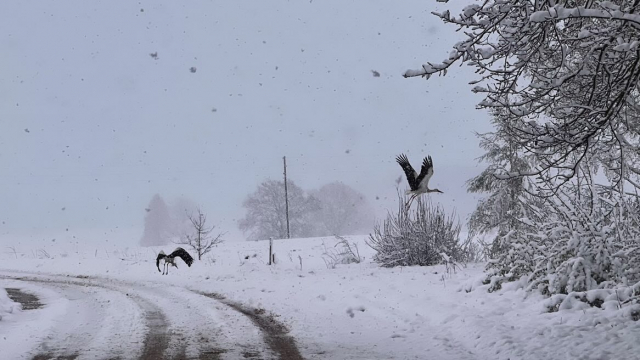Excavations preparing the way for the construction of a new academic center for the University of Latvia in the Torņakalns district of Riga, have uncovered impressive evidence of a 17th-century Swedish fortress or 'kobron' bastion system of impressive scale and design.
The first excavations of the former Swedish fortifications on the left bank of the Daugava started six years ago, but the recent discoveries are remarkable for their excellent state of preservation which clearly shows the superb craftsmanship skills of the people who built the bastion.
"This is clearly the bastion's outer defensive ditch," says archaeologist Martins Lūsēns of the "Archeo" company, pointing to plans of the bastion from archives in Sweden.
The excavations are up to five meters deep and the site would originally have been beside the River Daugava, with intervening years silting up the site as the river shifted its course.
Excavations have uncovered a long wooden structure, which marks the edge of the moat fortification at the southern bastion.
"It started in 1621, when the Swedish King Gustav Adolf encircled Riga. Around the city temporary redoubts were built from which it was possible to fire on the city. But those were rather simple structures," said Lūsēns.
With the Swedes taking control of Riga for a century, there was plenty of time for more substantial bastions to be constructed with the Tornakalns example matched by the better-known Daugavgriva fortress which guards the mouth of the River Daugava.
The Tornakalns bastion continued to be an important strategic site until the 19th century being prepared to resist Napoleon's march on Russia and even to protect the city against British naval ships attempting to enforce a blockade during the Crimean War in 1851.
Authorities, archaeologists and academics are currently engaged in talks over the future of the site, hoping to find a compromise that will allow development and the preservation of at least part of this remarkable discovery.
